Raising the Barre - The ever increasing standards of dance and sports
The dance and sports worlds are ever evolving and changing. Every decade, it becomes a little bit more difficult to impress audiences and judges, and so new tricks and more advanced technical skills are developed and trained in order to keep people captivated and interested.
A classic example is in gymnastics. In their attempts to break world records and leave one's mark on the sport, winning athletes demonstrate a greater array of skills and moves, with improved technical abilities and greater flexibility as well. Each major competition, the newly crowned champion proves herself to be the worthy of dethroning her predecessor, with a performance of improved artistic and technical ability.
The same pattern can be seen in the world of dance as well. Choreography gets increasingly challenging, costumes become more beautiful and elaborate, and the sheer quality of movements and performances are ever increasing.
While this growth and evolution of the dance and sporting scenes are vital to the continuous development of the respective activities, it has also led to various consequences. More than ever, there is increased pressure on athletes and performers to do well in their events and dances. Trainings have increased both in duration and intensity, with significant dedication and sacrifice demanded from those who want to achieve greatness. It is also no longer enough to dedicate your skills solely on one's primary sport or dance style either - many athletes now train across multiple sports, styles and fitness regimes to broaden their skill sets and increase their competitive advantages. Footballers and Rugby players have often been encourage to participate in basic ballet training to help strengthen their core muscles and improve their balance and agility, while ballroom dancers often experiment with other styles like hiphop and pole to incorporate new moves into their choreography and improve their fluidity.
Another consequence is that athletes begin their competitive training at an earlier stage in order to gain an advantage over their opponents. Most start some form of classes or training to identify their potential in their early childhood, and are set on a path for hopeful success after that. Those that join the sport or dance later often find themselves at a disadvantage, losing out on years of basic training and technique, and find themselves in a constant game of catch up to their peers. While not impossible, the odds of. succeed are against those who may join their chose activity at a later stage.






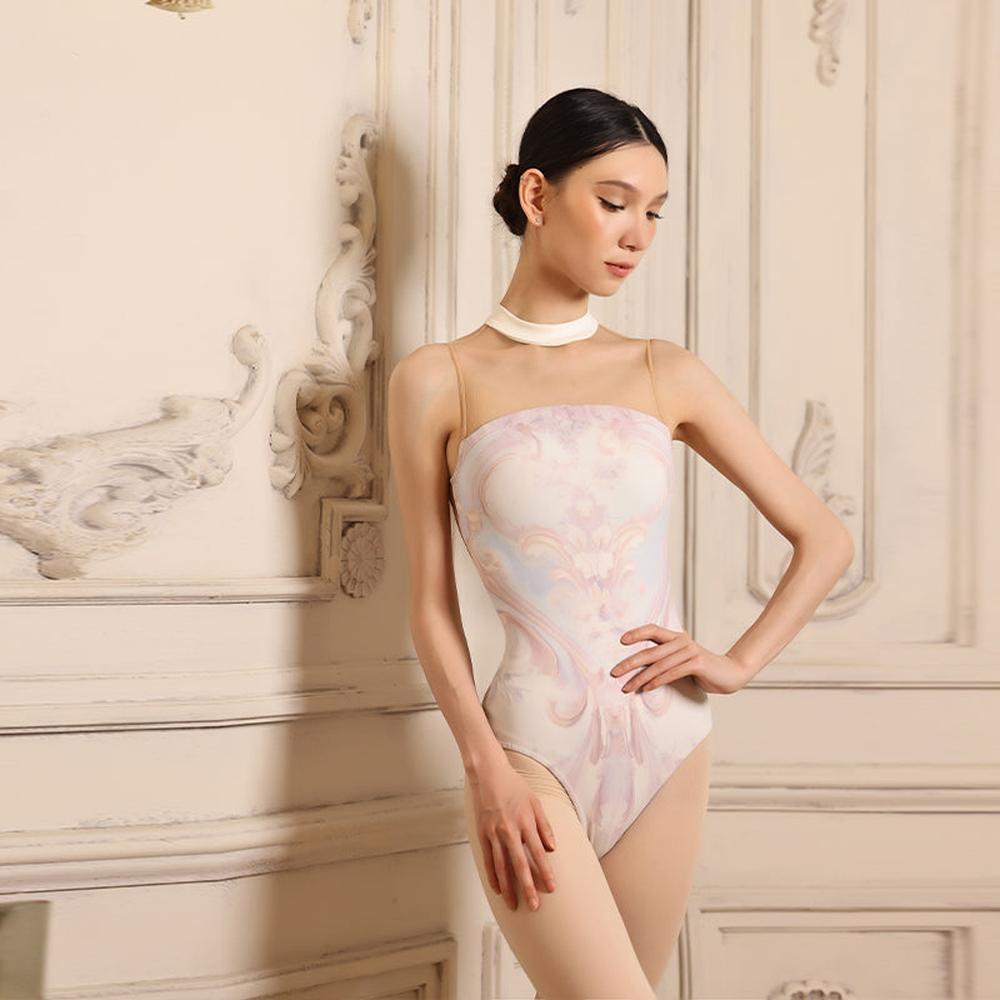


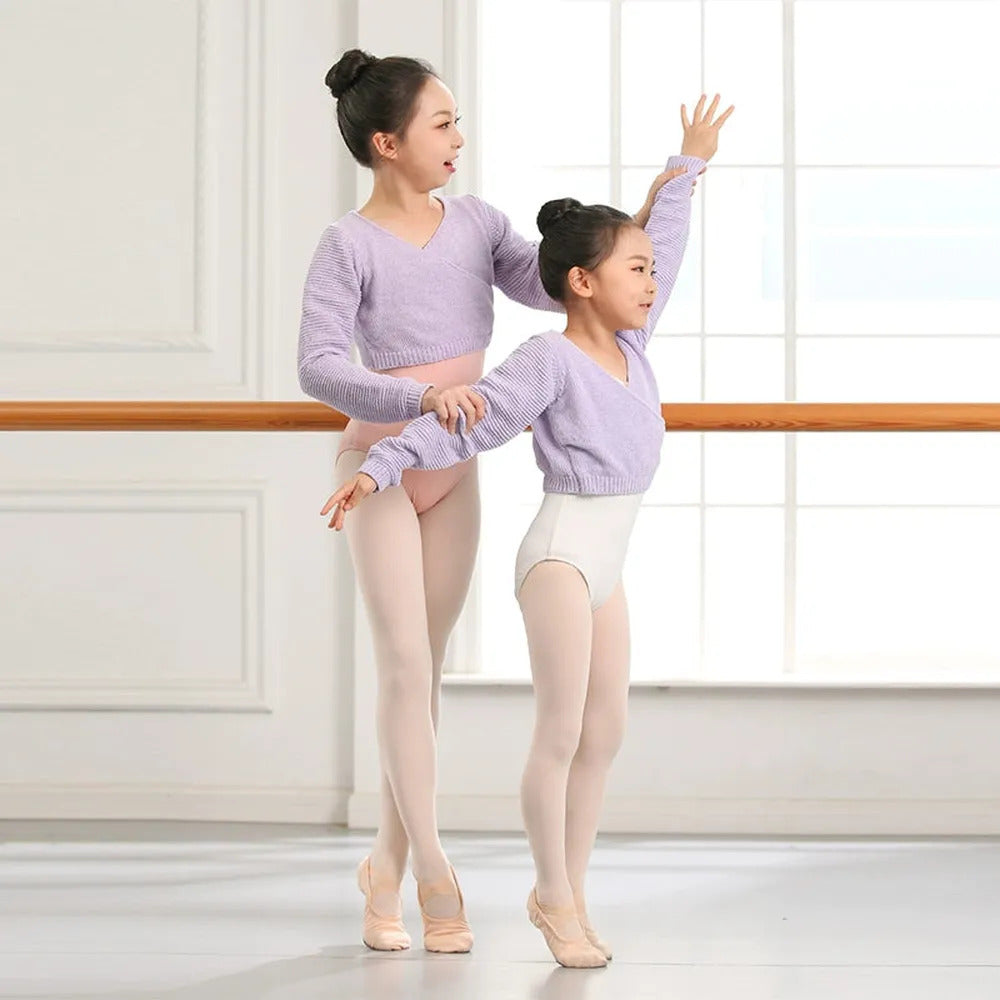




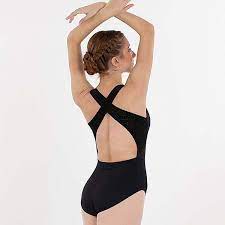


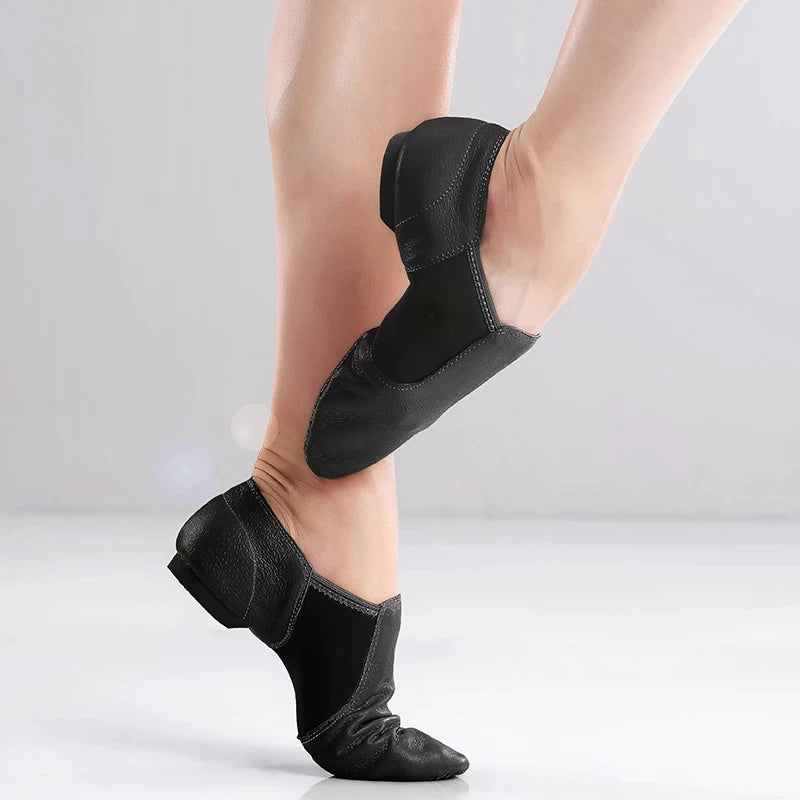
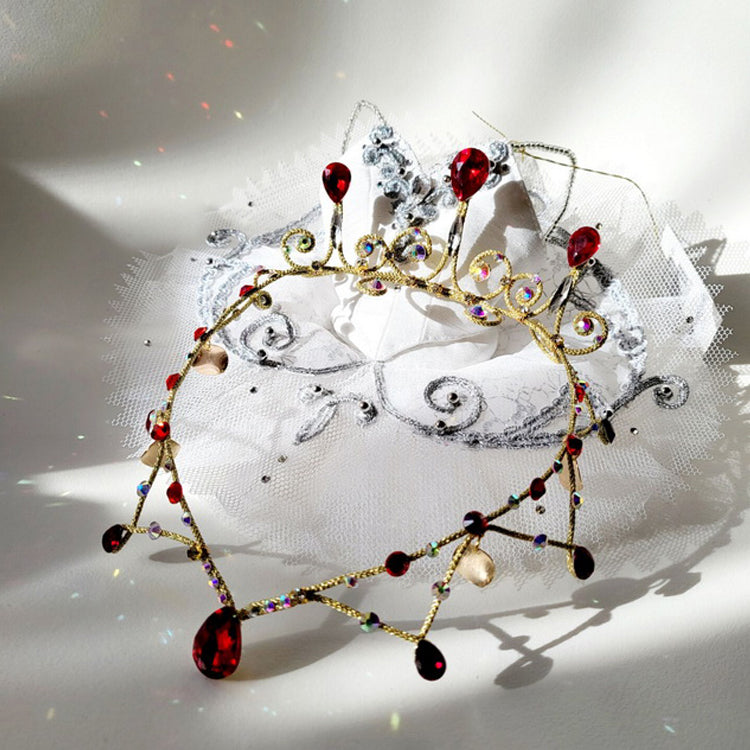
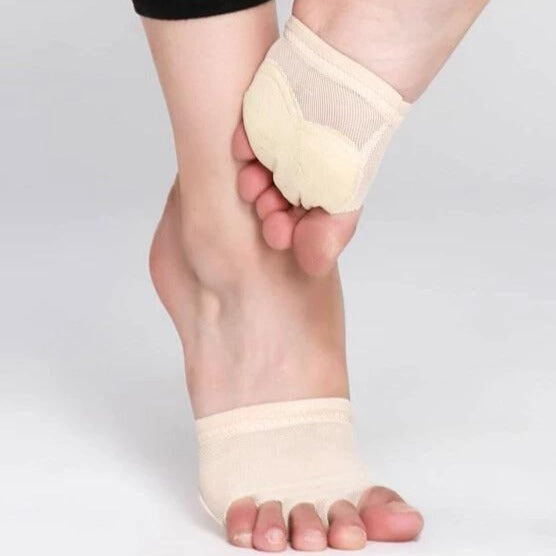

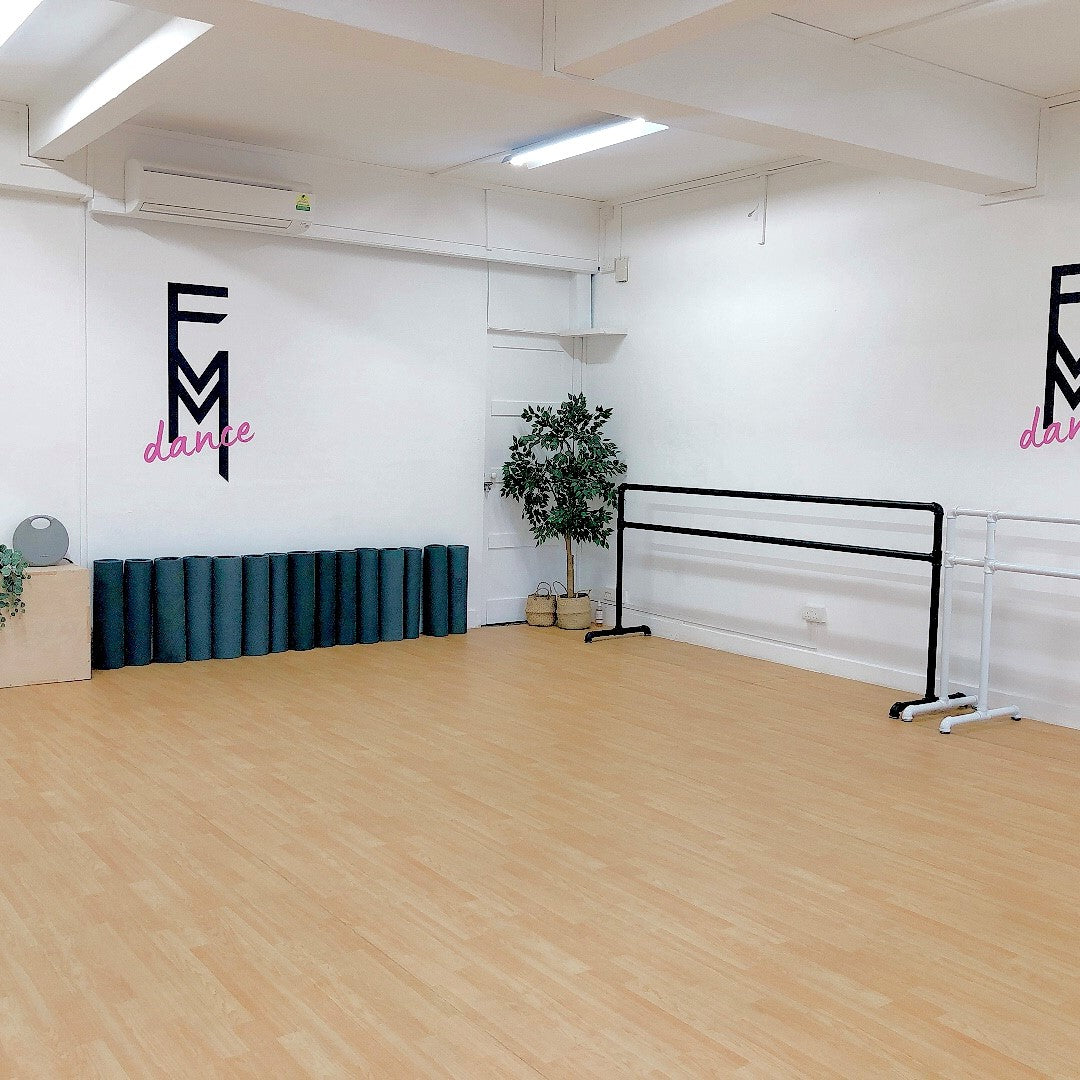

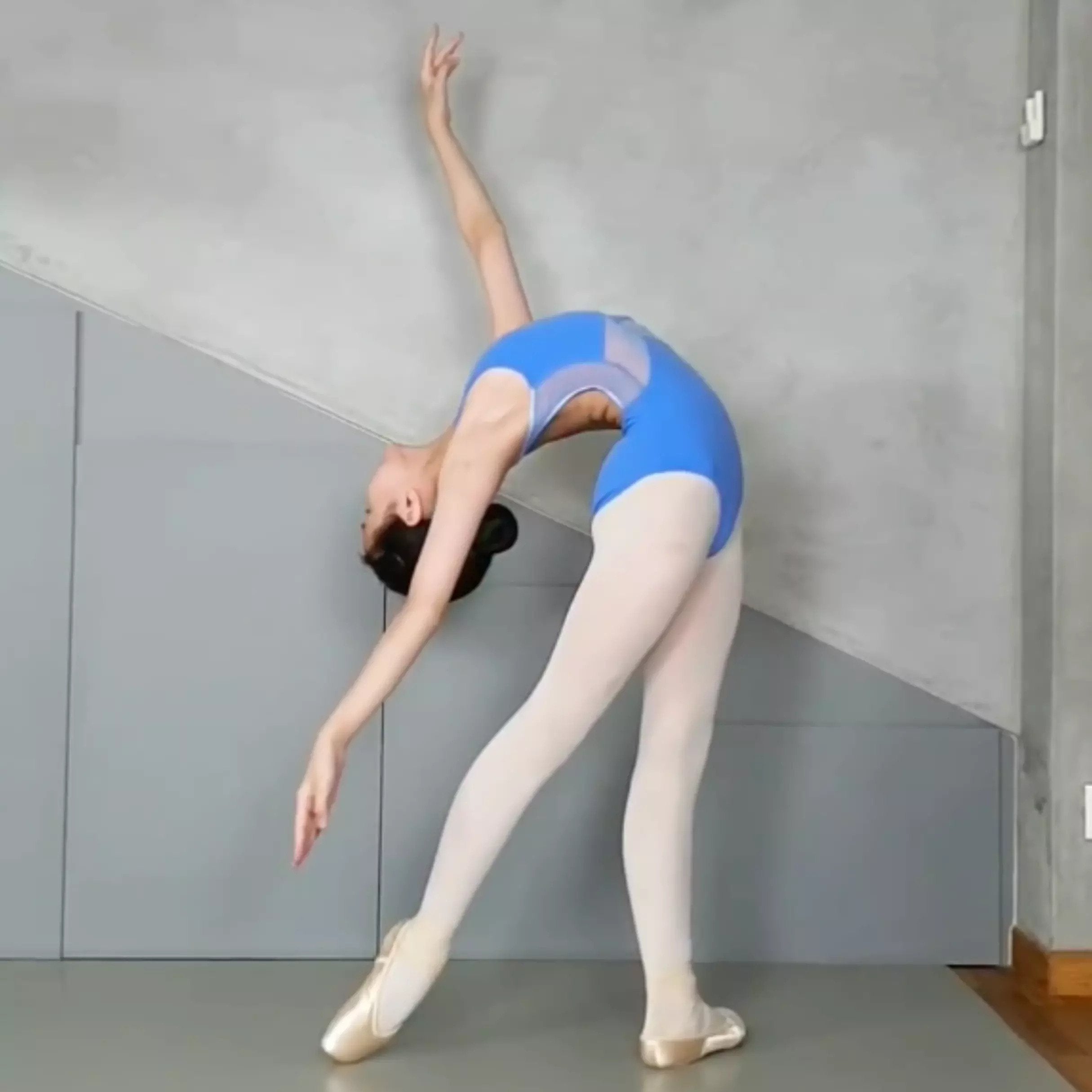
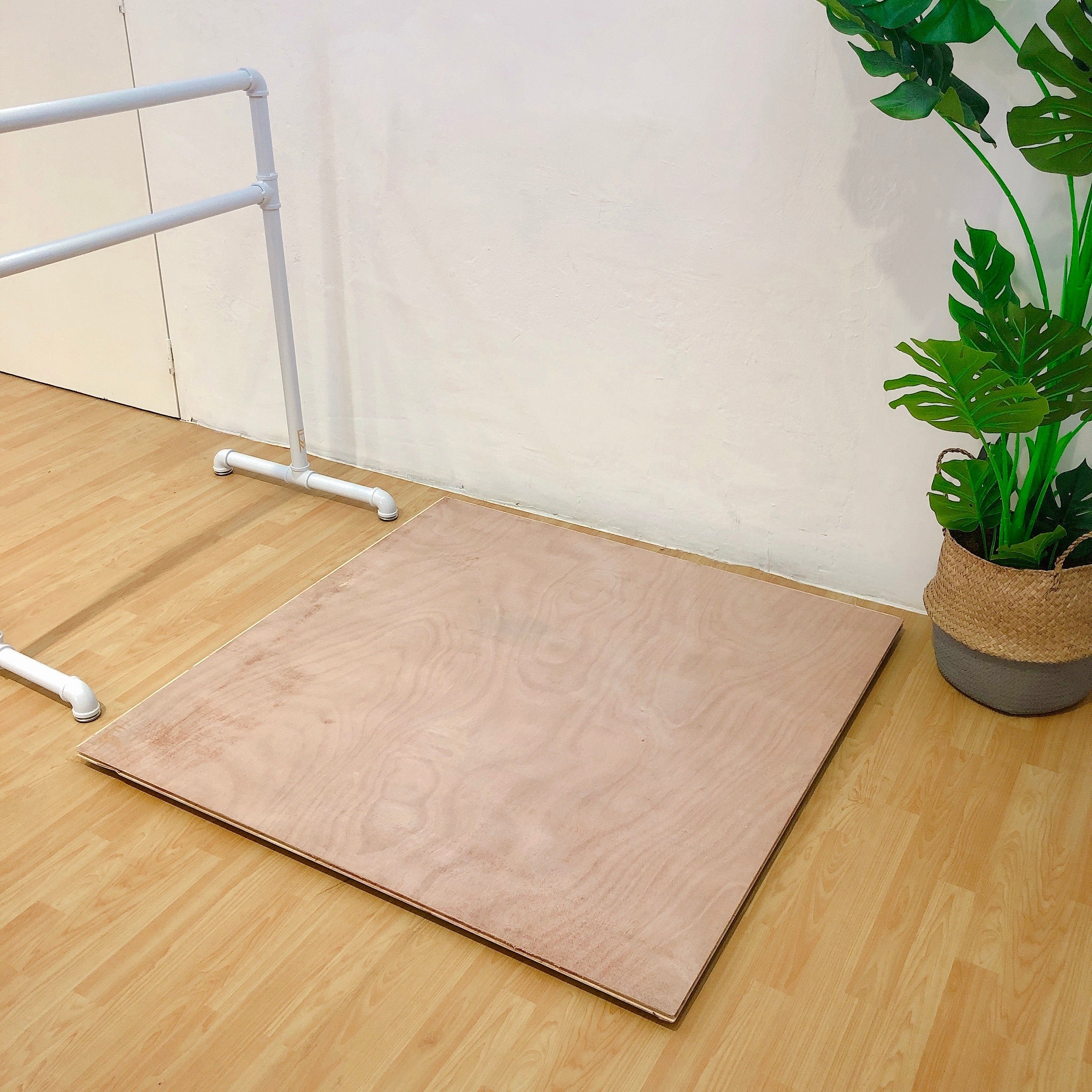

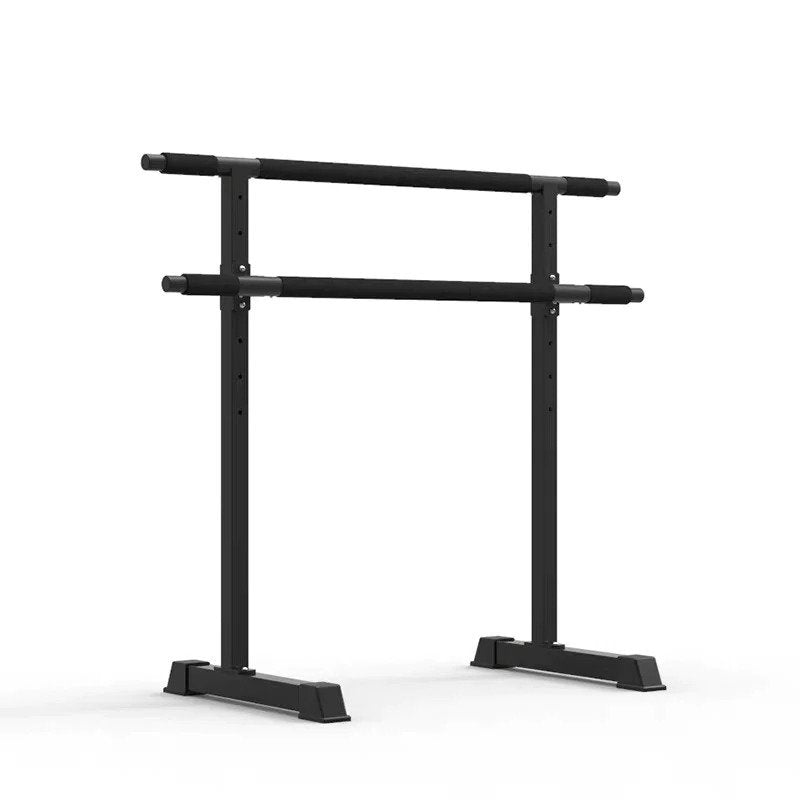
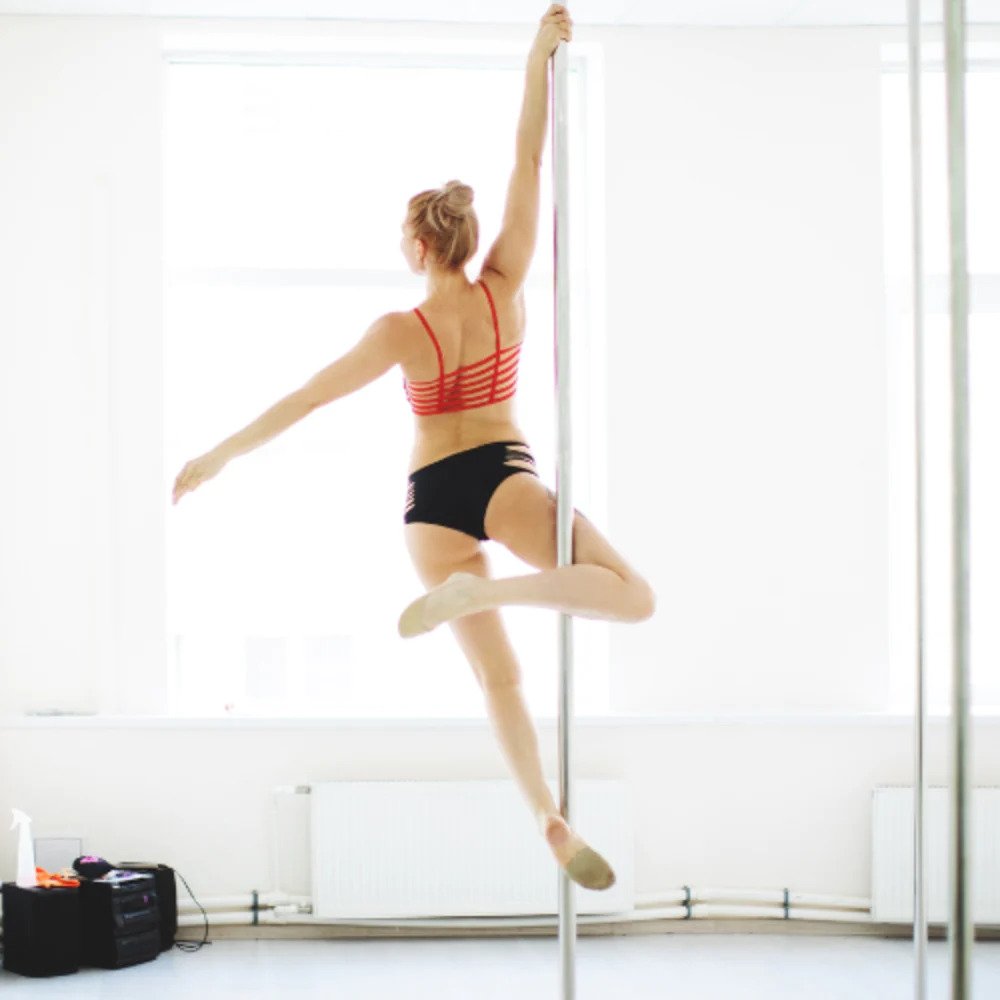





Leave a comment
Please note, comments need to be approved before they are published.